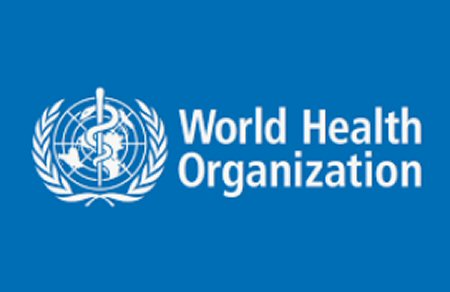GENEVA, Tuesday, July 23, 2024 (WAFA) – The World Health Organization (WHO) today voiced extreme concern over a possible mass outbreak of polio in the war-torn Gaza Strip, the UN said in a news feed.
Ayadil Saparbekov, Team Lead for Health Emergencies at the WHO in the Occupied Palestinian Territory, told journalists that he was “extremely worried” about the spread of polio and other communicable diseases, which could lead to more people dying of preventable illness than from war-related injuries.
Hepatitis A was already confirmed last year in the Strip, he told journalists, via video link from Jerusalem.
“With the crippled health system, lack of water and sanitation, as well as lack of access of the population to health services… this is going to be a very bad situation,” he maintained. “We may have more people dying of different communicable diseases than from injury-related conditions.”
On 16 July, the WHO said that vaccine-derived poliovirus type 2 (VDPV2) had been identified at six locations in sewage samples collected on 23 June from Khan Younis and Deir Al-Balah.
WHO explained last week that polio virus can emerge in areas where poor vaccination coverage allows the weakened form of the orally administered vaccine virus strain to mutate into a stronger version.
So far, the virus has found in sewage samples only and no one in Gaza has been identified with polio-induced paralysis. Further genomic sequencing by the US Centres for Disease Control and Prevention (CDC) in Atlanta indicated that the virus is linked to a strain that was circulating in Egypt during the second half of 2023, WHO said.
Saparbekov explained that human samples have not yet been collected, as there is a lack of equipment and of lab capacity to test them. A WHO team will be coming into Gaza on Thursday with up to 50 sample collection kits; it will send the specimens to a lab in Jordan for further analysis.
The WHO official said that together with partners, the agency is conducting an epidemiological investigation and risk assessment to identify the source of the virus, which is at high risk of spreading within Gaza and internationally.
“Based on the results of the assessment, WHO and the [Global Polio Initiative Network] partners will consolidate a set of recommendations, including the need for a mass vaccination campaign,” he said.
Saparbekov stressed that given the water, sanitation and hygiene situation in Gaza, it will be “very difficult” for the population to follow advice on handwashing and drinking safe water.
“Unfortunately, the majority who live in shelters with one toilet for 600 people and maybe 1.52 litres of water per person will definitely not be able to follow the recommendations,” he said.
The UN health agency representative also insisted that if a mass vaccination campaign is decided, it will be the responsibility of the Israeli occupation authorities to facilitate the arrival of vaccines into the enclave.
He also stressed the need for the occupation authorities to increase the number of medical teams that are allowed to enter Gaza, make sure that the investigation teams gathering samples are protected as they move around the Strip and that “their movement is deconflicted so that they can safely and freely go and do the epidemiological investigation”.
Turning to the devastation of Gaza’s health system, Saparbekov said that less than half of primary health care facilities are operational and only 16 out of the enclave’s 36 hospitals are “partially functional”, meaning that they provide only minimal health care services such as triage of the injured. On Monday, WHO and partners conducted a mission to Al-Shifa hospital in Gaza City, where they have been rehabilitating the outpatient department, destroyed in March 2024, and converting it into an emergency department.
“The only functional equipment that unfortunately remains in Gaza [at Al Shifa hospital] is a stationary X-ray machine,” Saparbekov said. “All other major hospital equipment, such as ventilation machines, anaesthesia machines, operating theatre equipment have unfortunately been destroyed and it needs to be replaced.”
WHO and partners are “working around the clock” to make sure that that desperately needed equipment is being brought into Gaza despite of the “restrictions on dual use list”, he said, meaning items which are banned from entering the enclave because the Israeli authorities consider that they could be repurposed for military purposes.
Saparbekov also highlighted the fact that although medical evacuations have been halted since the closing of the Rafah border crossing in May, 16 critically ill children with 25 companions were evacuated from Gaza to Egypt almost a month ago and will be transferred to Spain this Thursday.
Up to 14,000 people may need to seek medical treatment outside of the Gaza Strip, he said, before advocating for a “steady flow” of patients out of the enclave to access life-saving care.

